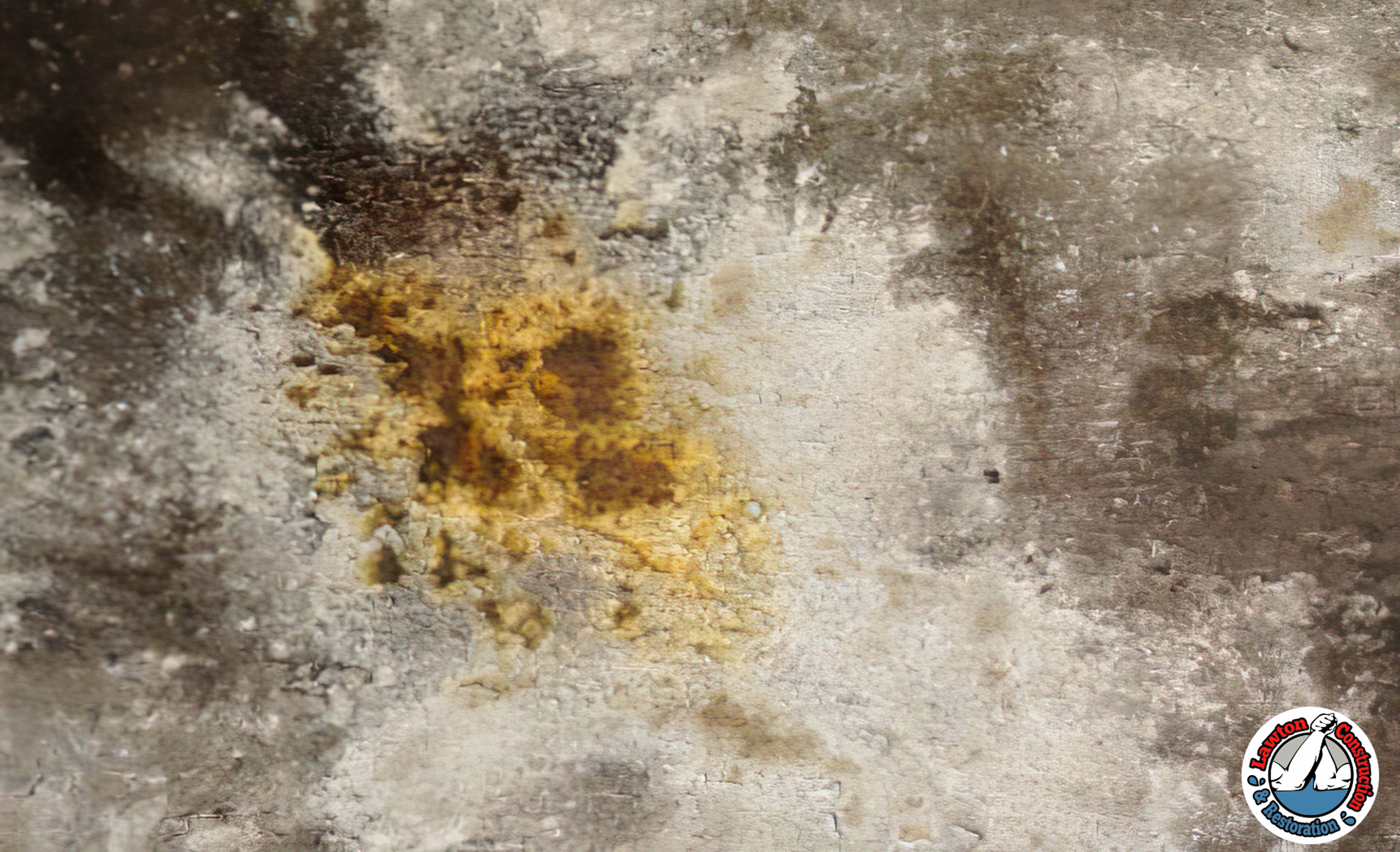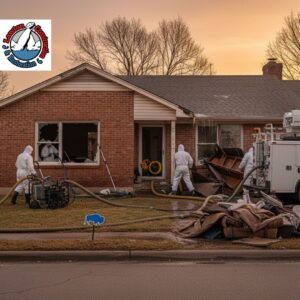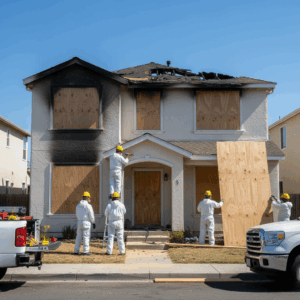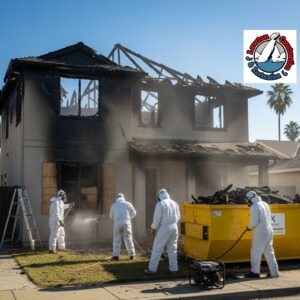How the Safe Mold Remediation Process Works – From Inspection to Prevention
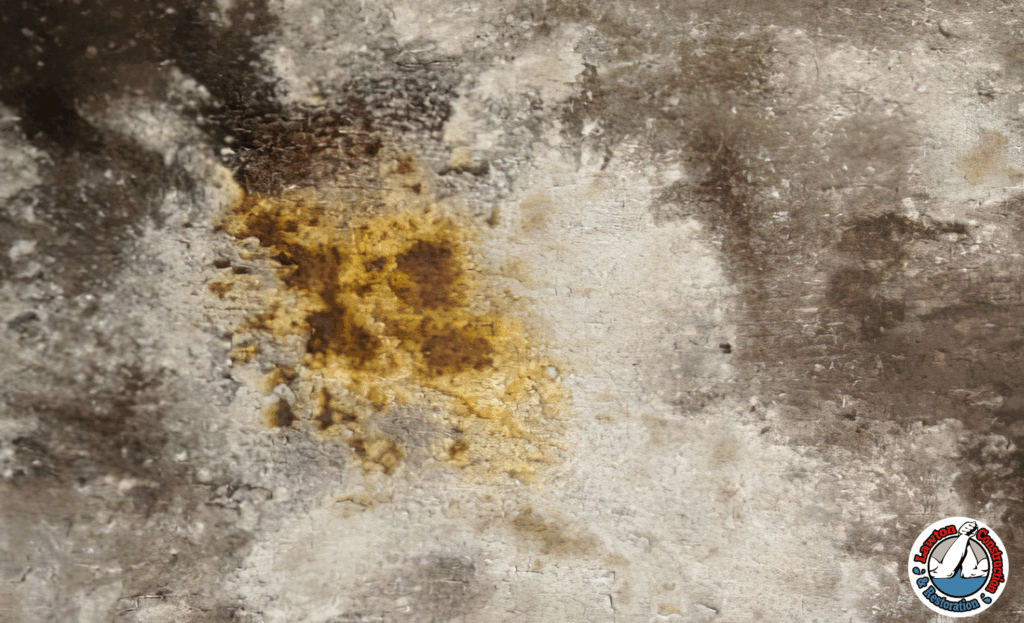
Table of Contents
Introduction
Have you ever walked into a room and been hit by a musty smell, only to find suspicious patches creeping along your walls or ceilings? Mold isn’t just an eyesore—it’s a warning sign that something deeper is wrong with your indoor environment. Whether you’re a homeowner, property manager, or restoration expert, understanding the mold remediation process is essential to protecting both your property and health.
Mold thrives in hidden corners and damp spaces, often going unnoticed until it becomes a much larger problem. And once it’s there, simple cleaning isn’t enough. That’s where professional property restoration steps in—bringing structure, safety, and science to what might otherwise feel like a daunting situation.
In this blog, we’ll walk you through the safe mold remediation process step by step—from the initial inspection all the way to long-term prevention. You’ll learn how restoration services identify, contain, and eliminate mold, and more importantly, how you can prevent it from coming back.
Ready to take control of your indoor air quality and protect what matters most? Let’s begin with the first step: recognizing the real risks mold can pose.
1. Understanding the Dangers of Mold
Have you ever wondered why mold issues are treated with such urgency by restoration experts? It’s not just about keeping your home looking clean—it’s about preserving the health of everyone inside and the structure itself. Mold is more than a surface-level nuisance; it’s a silent intruder with serious consequences if ignored.
Why Mold is a Bigger Threat Than You Think
Mold spores are everywhere, but under the right conditions—like excess moisture or poor ventilation—they multiply fast. When left untreated, mold can:
- Trigger respiratory issues, especially in children and the elderly
- Aggravate asthma and allergy symptoms
- Weaken walls, ceilings, and other structural materials over time
- Lower the value of your property
These risks are exactly why property restoration isn’t just a cosmetic fix—it’s a vital response to a real threat.
Common Culprits Behind Mold Growth
You might be surprised at how easily mold can find its way into your living space. Some of the most common triggers include:
- Leaking pipes or roofing
- Flood damage that wasn’t fully dried out
- Poorly ventilated bathrooms and basements
- High humidity levels, especially in older homes
By understanding these causes, you’re already a step ahead in protecting your home.
Why Professional Help Matters
DIY solutions might promise quick results, but they rarely reach the root of the problem. Restoration services provided by trained professionals ensure that mold is not only removed but prevented from returning. They follow strict protocols, use specialized equipment, and create long-term strategies that safeguard your space.
And when you’re dealing with something as invasive as mold, trusting fire damage contractors or restoration experts with cross-disciplinary experience can be a huge advantage—especially when mold follows water damage from firefighting efforts.
Mold might be common, but it should never be underestimated. The good news? With awareness and action, it’s entirely manageable. In the next section, we’ll walk you through how a thorough inspection can uncover hidden threats and set the stage for safe, effective remediation.
2. The Initial Inspection and Assessment
Before you can solve a mold problem, you have to understand it—and that starts with a thorough inspection. Think of this step as laying the foundation for everything that follows. Skipping it or rushing through could mean missing the root cause, and that’s where even well-intentioned DIY efforts often fall short.
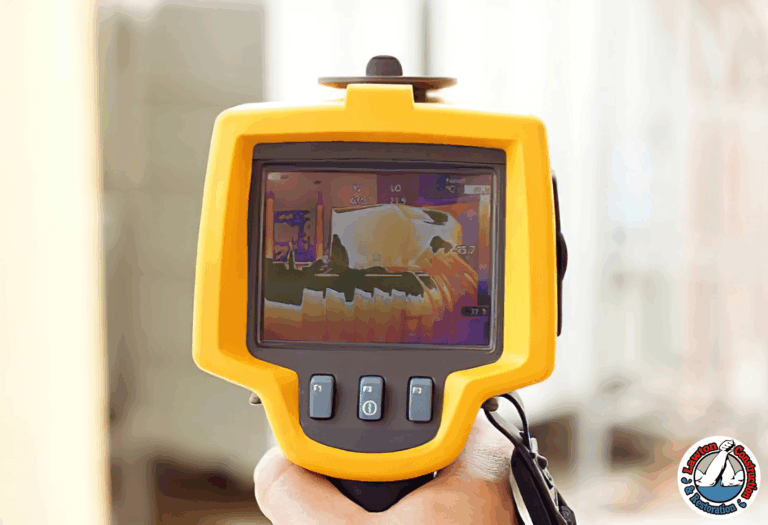
What Does a Mold Inspection Really Involve?
A professional inspection goes beyond spotting mold with the naked eye. Local fire restoration experts and trained inspectors use advanced tools and industry protocols to uncover what’s happening beneath the surface.
Here’s what a detailed assessment typically includes:
- Visual Evaluation
Technicians look for visible signs of mold, water damage, and excess moisture. But that’s just the beginning. - Moisture Mapping
Using infrared cameras and moisture meters, experts identify hidden damp areas inside walls, under floors, and in ceilings. - Air Quality Testing
Air samples are collected to determine mold spore levels and types—especially useful if no visible mold is found. - Surface Sampling
Swabs or tape lifts are taken from suspicious surfaces for lab analysis, helping confirm the type of mold present. - Cause Identification
The real value lies in pinpointing what’s feeding the mold—leaky pipes, poor ventilation, or even water damage from previous fire events.
Why Local Expertise Matters
Hiring local fire damage contractors or mold specialists isn’t just about convenience—it’s about context. Local professionals understand the regional climate, common building practices, and environmental triggers specific to your area. They also tend to respond faster and are often more familiar with local codes and insurance requirements.
Plus, companies that offer both restoration services and inspection typically provide a seamless experience from assessment through cleanup and prevention.
Getting a proper mold inspection is a critical first step toward reclaiming a safe, healthy space. Without it, you’re only treating symptoms, not solving the problem. In the next section, we’ll cover how experts contain the affected areas to prevent mold from spreading any further.
3. Containment Strategies to Prevent Spread
Once mold is discovered, containment becomes mission-critical. Why? Because mold doesn’t politely stay in one spot—it spreads fast. Without proper containment, even a small issue can become a widespread infestation. That’s why trained fire damage specialists and mold remediation professionals treat this step as a top priority.
What Is Containment, and Why Does It Matter?
Containment is all about control. It prevents mold spores from drifting into unaffected areas during the removal process. Even the slightest disturbance—like moving furniture or tearing out drywall—can send spores airborne. That’s where the right containment strategy becomes the difference between success and setbacks.
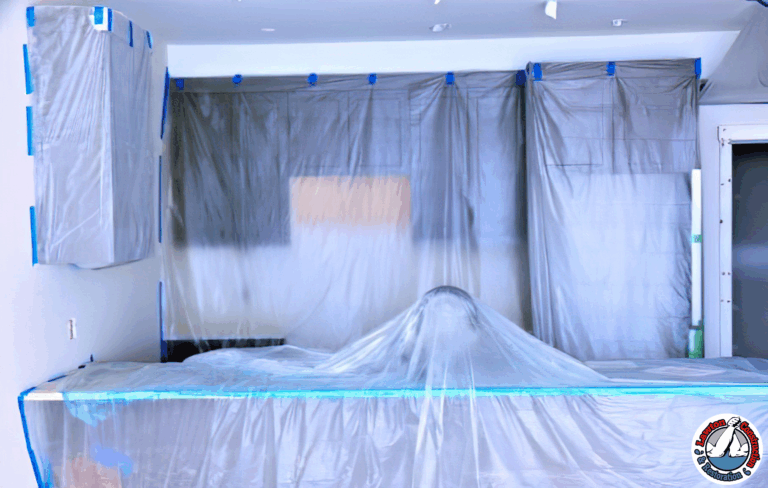
Key Containment Techniques Used by Professionals
Here’s how certified technicians keep mold confined and under control:
- Physical Barriers
- Heavy-duty plastic sheeting is used to seal off contaminated spaces
- Zip walls and temporary partitions keep spores locked in
- Entryways are covered with flap doors or zipper systems for safe access
- Heavy-duty plastic sheeting is used to seal off contaminated spaces
- Negative Air Pressure Systems
- Industrial-grade air filtration units create a vacuum effect
- Air flows into the contaminated zone, not out—trapping spores inside
- HEPA filters capture microscopic particles before they’re released
- Industrial-grade air filtration units create a vacuum effect
- HVAC Sealing
- Vents and ducts are blocked to prevent spores from traveling through the air system
- This keeps the rest of your home or business safe during remediation
- Vents and ducts are blocked to prevent spores from traveling through the air system
- Decontamination Chambers
- These “airlocks” allow technicians to safely enter and exit
- Helps avoid cross-contamination with clean zones
- These “airlocks” allow technicians to safely enter and exit
The Role of Emergency Fire Restoration Experience
Believe it or not, professionals with emergency fire restoration backgrounds bring an extra level of skill to containment. That’s because fire-damaged properties often carry both moisture and structural instability—perfect conditions for mold. Their dual experience allows them to spot vulnerabilities others might miss and put safety first in every phase.
Effective containment is more than just putting up plastic—it’s a highly strategic process designed to isolate the problem and protect your property. In the next section, we’ll dive into how the mold is actually removed and what tools experts rely on to do it safely and thoroughly.
4. Safe Mold Removal and Cleanup Techniques
So the mold is identified and contained—what now? This is where the real transformation begins. Mold removal isn’t just about wiping surfaces down or airing out a room. It’s a science-backed, step-by-step process handled by trained fire damage contractors and remediation professionals who understand how to eliminate mold safely and completely.
Why DIY Isn’t the Way to Go
It’s tempting to reach for bleach and a scrub brush, but here’s the truth:
Most household cleaners don’t penetrate porous surfaces where mold hides. Worse, disturbing mold without proper protection can release thousands of spores into the air, putting your health and home at even greater risk.
That’s why certified restoration services use specialized equipment and proven methods to do the job right.
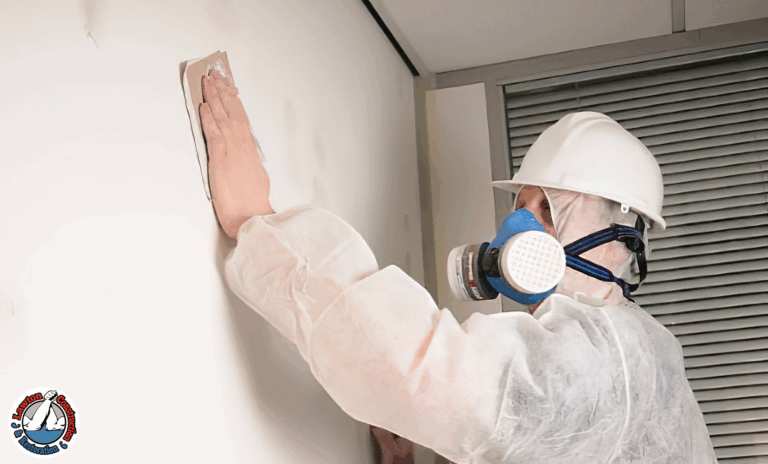
The Professional Mold Removal Process
Here’s how the pros tackle mold, safely and thoroughly:
- Use of HEPA Vacuums and Air Scrubbers
- High-efficiency particulate air (HEPA) filters trap 99.97% of airborne mold spores
- Air scrubbers clean the air continuously during removal to protect indoor air quality
- High-efficiency particulate air (HEPA) filters trap 99.97% of airborne mold spores
- Disposal of Contaminated Materials
- Porous materials like drywall, carpet, and insulation are often too damaged to save
- These are safely bagged and removed to prevent re-contamination
- Porous materials like drywall, carpet, and insulation are often too damaged to save
- Cleaning of Salvageable Surfaces
- Non-porous surfaces are cleaned with EPA-approved antimicrobial solutions
- Wire brushing and sanding may be used for stubborn mold on wood or concrete
- Non-porous surfaces are cleaned with EPA-approved antimicrobial solutions
- Antifungal and Antimicrobial Treatments
- Applied to cleaned surfaces to prevent mold from returning
- Also used to treat surrounding areas as a proactive barrier
- Applied to cleaned surfaces to prevent mold from returning
- Sealing and Encapsulation (if needed)
- In certain cases, stained or mold-prone surfaces are sealed to lock in any residual spores
The Added Value of Fire Damage Contractors
You might wonder—what do fire damage contractors have to do with mold? The answer: everything. Fires often lead to water damage from sprinklers or hoses, creating the perfect environment for mold to thrive. These contractors are trained to handle complex restoration projects where mold is just one part of the puzzle. Their dual expertise ensures nothing gets missed.
When done properly, mold removal doesn’t just clean a space—it restores peace of mind. Coming up next, we’ll explore the drying and dehumidification process that ensures mold doesn’t return once the cleanup is complete.
5. Drying and Dehumidification Process
Think mold removal ends once the visible growth is gone? Not quite. The real victory comes with moisture control. After all, mold is a moisture problem first and a cleanliness issue second. That’s why professional restoration experts prioritize thorough drying and dehumidification as a critical follow-up to cleanup.
Why Moisture Is Mold’s Best Friend
Even the tiniest amount of lingering moisture can restart the cycle. Mold spores are always in the air, just waiting for the right conditions to thrive. So unless every damp surface is dried and stabilized, all that hard work during removal could go to waste.
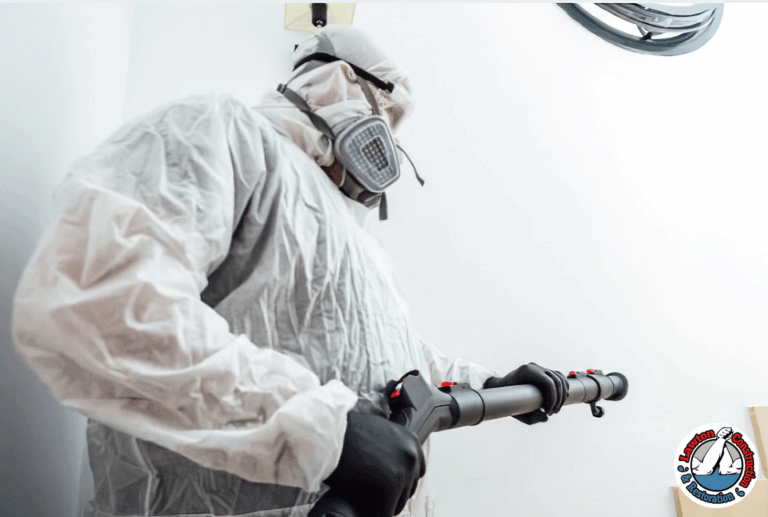
The Step-by-Step Drying Process
Professionals don’t just open a window and hope for the best. Instead, they use industrial-grade equipment and scientific precision to ensure no moisture is left behind. Here’s how they do it:
- Moisture Detection
- Using infrared cameras and moisture meters, experts identify damp areas hidden inside walls, ceilings, or floors
- This helps target the drying process with accuracy
- Using infrared cameras and moisture meters, experts identify damp areas hidden inside walls, ceilings, or floors
- High-Capacity Air Movers
- These machines speed up evaporation by pushing air across surfaces
- They’re placed strategically to create optimal airflow patterns
- These machines speed up evaporation by pushing air across surfaces
- Dehumidifiers
- Commercial dehumidifiers pull moisture out of the air and collect it in holding tanks or drain it automatically
- This step is vital in balancing indoor humidity levels
- Commercial dehumidifiers pull moisture out of the air and collect it in holding tanks or drain it automatically
- Continuous Monitoring
- Restoration professionals regularly track moisture readings until every area is verified as dry
- Adjustments are made in real time to speed up the process and prevent delays
- Restoration professionals regularly track moisture readings until every area is verified as dry
The Role of Property Restoration Specialists
Working with local fire damage contractors or certified property restoration teams brings added peace of mind. These professionals are trained to handle complex drying situations—especially when mold follows fire-related water damage. They know how to preserve structural integrity while preventing mold from taking root again.
Drying might seem like a behind-the-scenes step, but it’s actually the unsung hero of mold remediation. It ensures the problem doesn’t come creeping back just weeks or months later. Next up, we’ll explore how post-remediation testing confirms that your space is truly safe and mold-free.
6. Post-Remediation Verification
So, the mold’s gone. The space is dry. Everything looks clean. But how can you be absolutely sure it’s safe to move back in?
That’s where post-remediation verification (PRV) comes in—the final step that separates professional work from guesswork. This critical process gives you confirmation that your mold problem has truly been resolved, and that your home or business is no longer at risk.
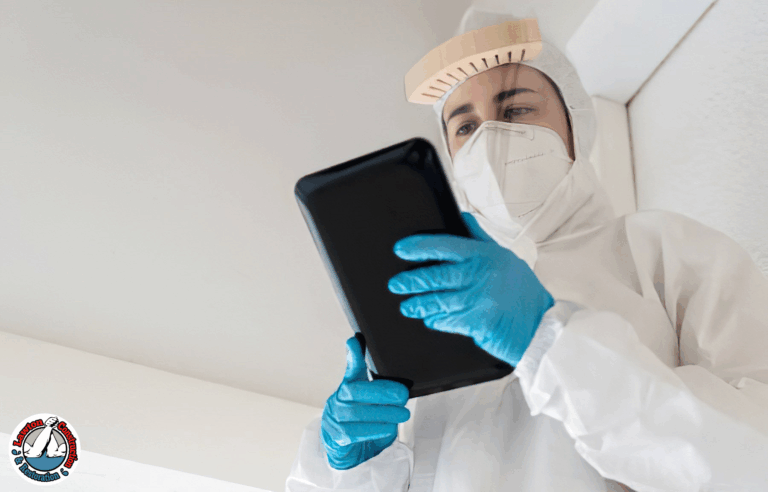
What Is Post-Remediation Verification?
PRV is an inspection and testing process performed after mold remediation is complete. The goal is to confirm:
- All visible mold has been removed
- Indoor air quality meets acceptable standards
- Moisture sources have been eliminated
- The space is safe for occupancy
Think of it as a third-party seal of approval—especially important for insurance claims or property transactions.
What’s Involved in the Verification Process?
Professional restoration services follow a strict checklist to ensure nothing has been overlooked. Here’s what that typically includes:
- Visual Reinspection
- Inspectors return to assess cleaned areas for any signs of remaining contamination
- Surfaces, corners, and containment zones are double-checked
- Inspectors return to assess cleaned areas for any signs of remaining contamination
- Air and Surface Sampling
- Air tests are conducted to measure mold spore counts
- Swab or tape samples may be taken from previously affected surfaces
- Air tests are conducted to measure mold spore counts
- Comparison Against Baselines
- Samples are analyzed and compared to pre-remediation data or standard air quality benchmarks
- Samples are analyzed and compared to pre-remediation data or standard air quality benchmarks
- Final Report
- You’ll receive documentation that confirms the space is mold-free
- This is especially useful for property owners, tenants, or businesses looking for peace of mind
- You’ll receive documentation that confirms the space is mold-free
Why Choose Local Fire Damage Contractors for Verification?
While many remediation companies offer verification, hiring fire damage contractors near me or local specialists with mold and fire recovery experience can add an extra layer of confidence. These teams understand how mold can hide in fire-damaged structures and take extra care to inspect problem-prone areas others might miss.
Without post-remediation verification, you’re left hoping the job was done right. With it, you get proof. And when it comes to your health, your property, and your peace of mind, that makes all the difference.
Next, we’ll explore how to stop mold before it ever has a chance to return—through smart prevention strategies you can start using right now.
7. Long-Term Mold Prevention Tips
You’ve invested time and resources into restoring your property—but what’s the best way to make sure mold doesn’t come back? Prevention is the secret weapon in your mold-fighting toolkit. By staying proactive, you protect your home or business from future damage, save money, and maintain a healthy environment.
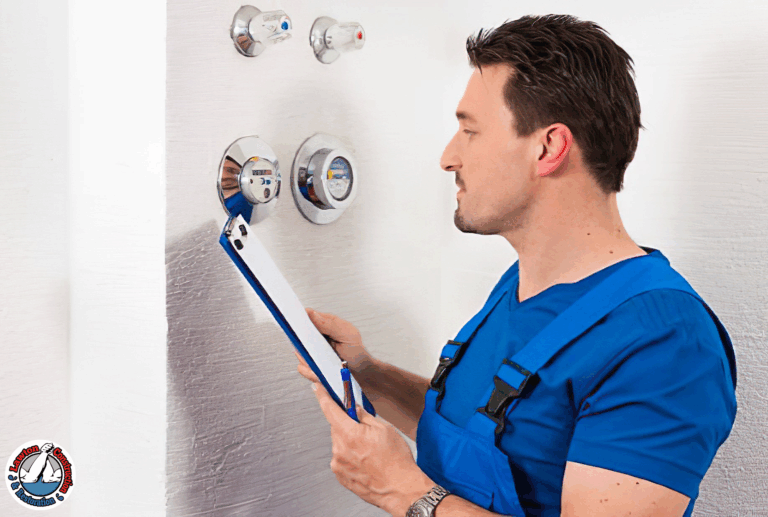
What Can You Do Right Now to Prevent Mold?
Prevention might sound simple, but effective mold control requires consistent effort and smart choices. Here are key strategies recommended by restoration experts and local fire restoration experts alike:
- Fix Leaks Immediately
- Whether it’s a dripping pipe or a damaged roof, even small leaks create perfect mold conditions
- Regularly inspect vulnerable areas like basements, attics, and plumbing joints
- Whether it’s a dripping pipe or a damaged roof, even small leaks create perfect mold conditions
- Improve Ventilation
- Use exhaust fans in bathrooms and kitchens to reduce humidity
- Open windows when weather permits, and consider installing air exchange systems for larger spaces
- Use exhaust fans in bathrooms and kitchens to reduce humidity
- Control Indoor Humidity
- Aim to keep humidity levels between 30% and 50%
- Use dehumidifiers in damp areas such as basements or crawl spaces
- Aim to keep humidity levels between 30% and 50%
- Choose Mold-Resistant Materials
- During renovations or repairs, opt for drywall, paint, and insulation designed to resist mold growth
- This adds an extra layer of protection in moisture-prone areas
- During renovations or repairs, opt for drywall, paint, and insulation designed to resist mold growth
- Regular Home Maintenance and Monitoring
- Schedule routine inspections, especially if your property has a history of mold or water damage
- Early detection is key to preventing costly remediation later
- Schedule routine inspections, especially if your property has a history of mold or water damage
Why Trust Local Fire Damage Contractors for Prevention Advice?
Fire-damaged properties often have hidden moisture pockets that can fuel mold growth later on. Local fire damage contractors bring a unique perspective, combining mold prevention with restoration expertise. Their advice often includes tailored solutions that address both fire and water damage risks—helping you keep your property safe year-round.
Preventing mold isn’t just about avoiding a problem; it’s about creating a healthy, comfortable space where you and your family or employees can thrive. With these expert tips, you’re equipped to stay one step ahead.
That wraps up our deep dive into the safe mold remediation process—from inspection to prevention. Ready to protect your property and breathe easier? Taking action today is the best way forward.
Conclusion
Mold can feel like an overwhelming challenge—but now, you have the knowledge to face it head-on with confidence. From the first inspection to long-term prevention, each step of the safe mold remediation process is designed to protect your health, your property, and your peace of mind.
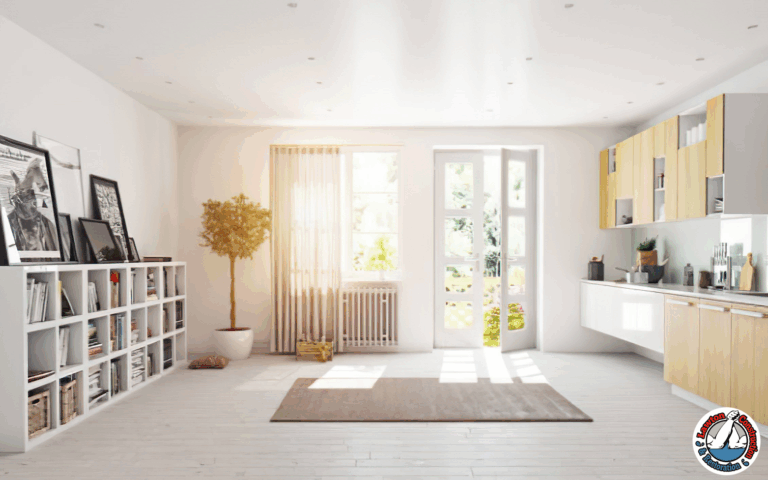
Have you ever wondered why professional help makes such a difference? Trusted local fire damage contractors and restoration experts bring not only experience but a full toolkit of specialized techniques to ensure mold is removed safely and won’t come back. Their expertise turns a stressful situation into a manageable, even empowering one.
Remember, addressing mold early with the right team can save you time, money, and frustration down the road. So, whether you’re facing a sudden mold outbreak or simply want to safeguard your space proactively, partnering with knowledgeable restoration services is the smart move.
Ready to take the next step? Reach out to local professionals who understand your unique needs and can guide you through every stage of restoration. Because when it comes to mold, safety and thoroughness aren’t optional—they’re essential.
Protect your home, protect your health, and enjoy the comfort of a truly clean, mold-free environment.
